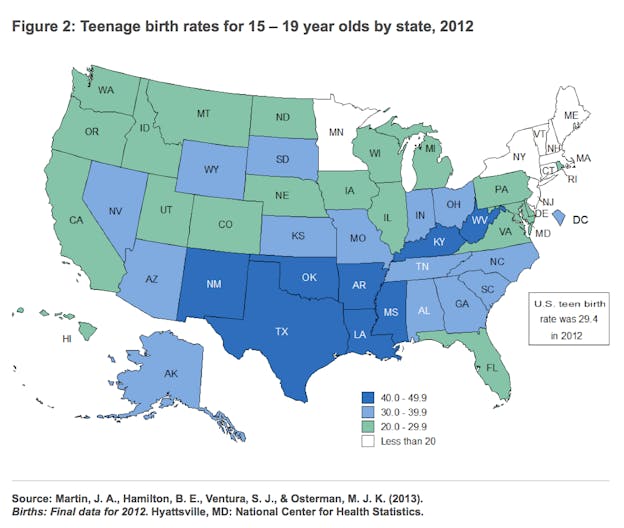American Teens Studies Have Shown

Sign up for Insight Alerts highlighting editor-chosen studies with the greatest impact on clinical care.. New! Video Abstracts — brief videos …

E-cigarettes are a popular new tobacco product that have still largely unknown public and individual health effects.


This year’s Stress in America™ survey shows that stress may be interfering with Americans’ sleep, keeping many adults and teens from getting the sleep they need to be healthy. The sleep-stress cycle Survey findings show that stress may be getting in the way of quality sleep. American adults
American cents’ Sources of Sexual Health Information This fact sheet includes information on the main sources from which teens …

Studies show exercise can relieve stress, reduce depression and improve cognitive function.
Indoor tanning use . Thirty-five percent of American adults, 59 percent of college students, and 17 percent of teens have reported using a tanning bed in their lifetime. 1
Why Nature Is Theutic. Humans crave a connection with nature. From gardening and horticulture to taking a stroll through the park or hiking through the mountains, man has found solace in nature for centuries.




Sep 04, 2017 · For more, visit TIME Health. Middle and high college should start no earlier than 8:30 a.m., says the American Academy of Sleep Medicine (AASM) in a position statement. Doctors say that starting college earlier in the morning prevents ren and teenagers from getting a full night’s sleep, which

Studies show that when teens are educated about condoms and have access to them, levels of condom use at first intercourse increase while levels of sex stay the same.
Media, from television to the “new media” (including cell phones, iPads, and social media), are a dominant force in ren’s lives. Although television is still the predominant medium for ren and cents, new technologies are increasingly popular. The American Academy of Pediatrics